When it comes to embodying divinity through fashion, there’s a fine line between looking celestial and costume-y. Divine beings across various mythologies and religions have inspired countless fashion trends throughout history.
Whether you’re attending a themed gala, planning an artistic photoshoot, or simply want to channel your inner deity for a special occasion, these outfit ideas will help you transcend the ordinary.
1. Greek God/Goddess Elegance
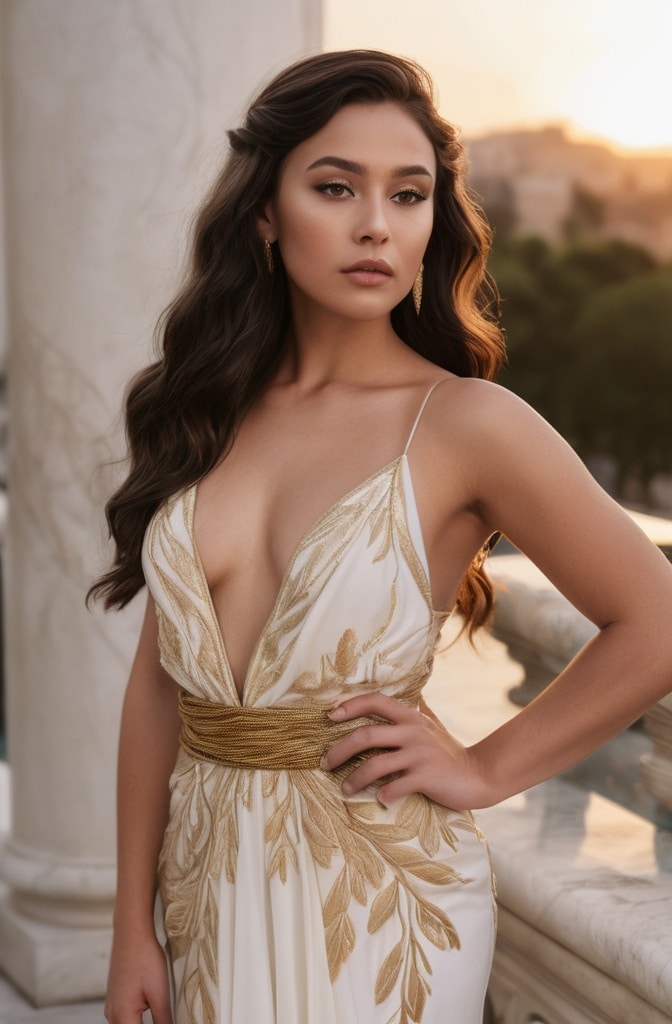
The Greeks knew a thing or two about divine fashion. For an Olympian-worthy look, opt for flowing white fabrics that create movement as you walk. A one-shoulder toga-inspired dress or tunic paired with gold accessories instantly elevates your status to divine.
Add a thin gold belt to cinch at the waist – this creates that iconic Grecian silhouette everyone recognizes. Delicate gold leaf headbands or laurel wreaths complete the ensemble.
The key here is effortless draping that seems to float around your body, as if you’ve just descended from Mount Olympus to mingle with mortals.
2. Norse Deity Regality
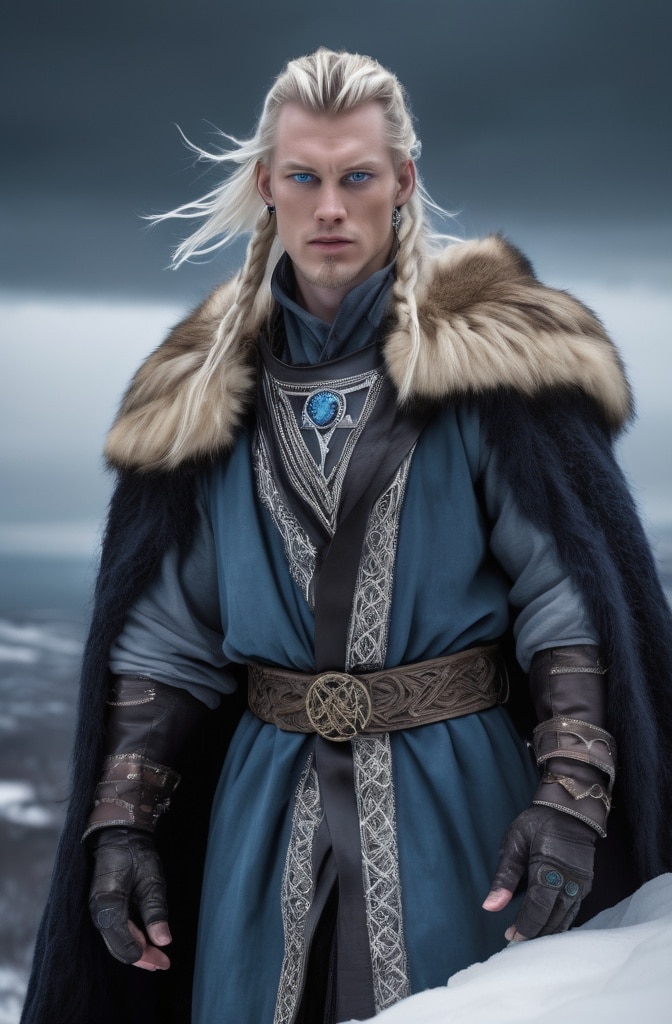
Channel your inner Freya or Thor with rich, textured fabrics and nature-inspired accessories. Think deep emerald greens, royal blues, and earthy browns combined with silver or bronze metalwork. A fur-trimmed cape over a simple dress or tunic gives that perfect balance of regality and warrior spirit.
Leather accents and Celtic-inspired jewelry add authenticity. Braided hairstyles aren’t just practical (for all that godly business) but historically accurate too. Norse divine fashion has a rugged elegance thats surprisingly wearable if toned down slightly for modern contexts.
3. Egyptian Divinity
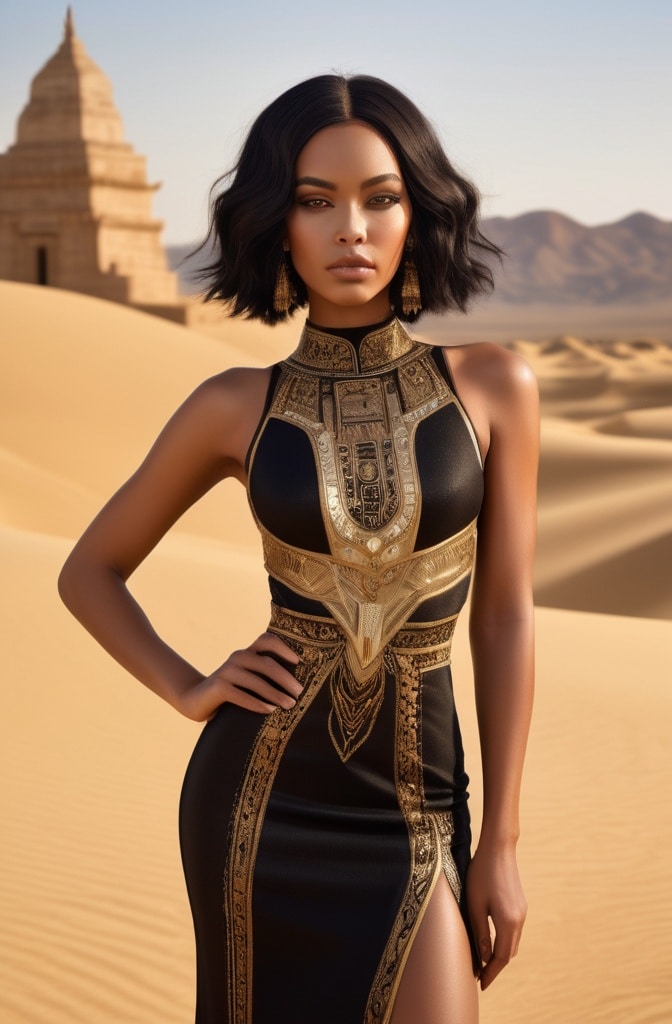
Ancient Egyptian deities knew how to make an entrance. Start with a sleek, column-style dress in white or gold. The silhouette should be streamlined and elegant. Add a wide collar necklace in turquoise, gold, and lapis lazuli colors to frame your face like divine Isis or Hathor.
Dramatic eyeliner is non-negotiable here – the iconic Egyptian eye is recognized worldwide as a symbol of protection and divine power. Gold arm cuffs worn high on the biceps and ornate headpieces complete this regal look.
For men, a white pleated kilt with a bare chest and similar jewelry creates that pharaoh-as-living-god aesthetic that’s stood the test of time.
4. Hindu Deity Splendor
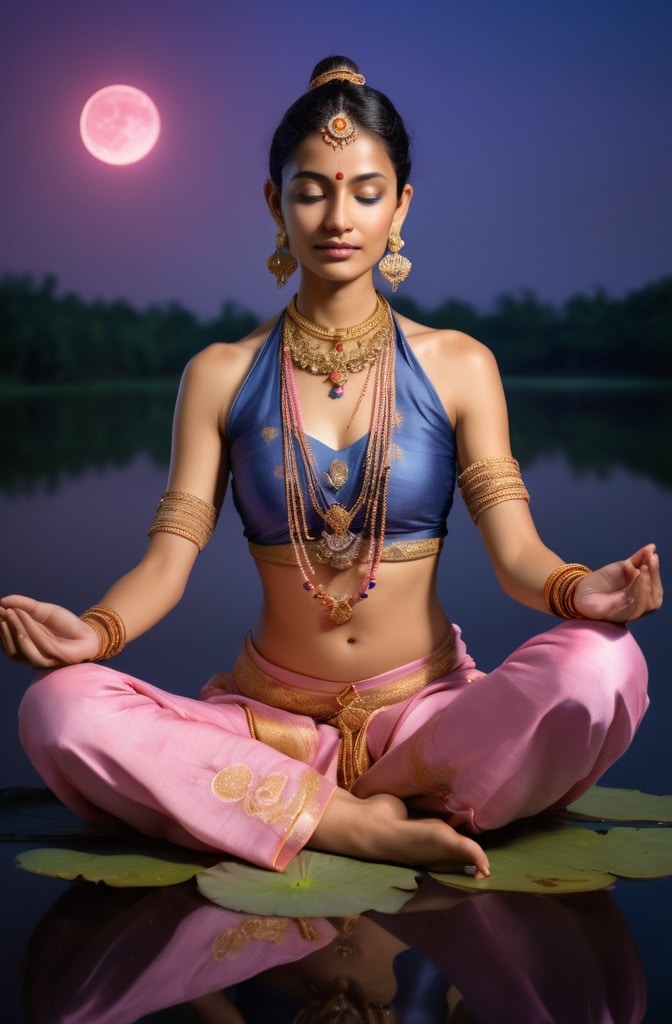
Hindu deities are known for their vibrant colors and elaborate accessories. Rich silk saris in royal blue, red, or gold provide the perfect base. Multiple pieces of jewelry from elaborate headpieces to ornate necklaces, armlets, anklets, and rings create that divine abundance associated with gods like Lakshmi or Parvati.
Layer multiple necklaces of varying lengths for a truly opulent look. Flowers are essential elements, either as real jasmine strands in your hair or fabric florals incorporated into your ensemble.
The silhouette can be either fitted or flowing, but the overall effect should be one of colorful magnificence.
5. Celestial Being of Light
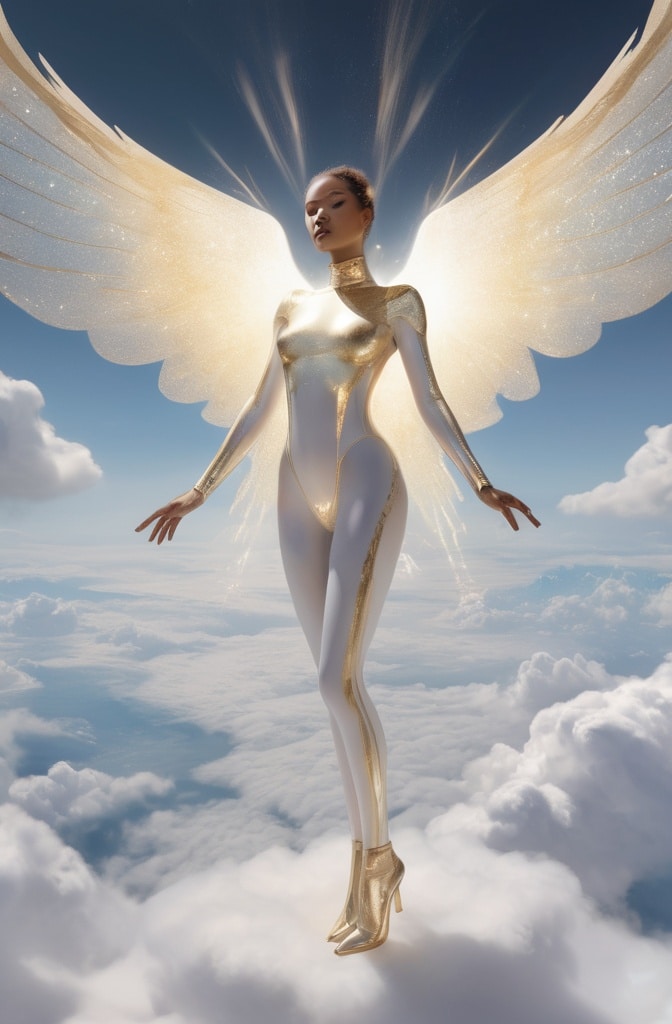
Not all divine beings are tied to specific pantheons. For a more abstract interpretation, embody pure celestial energy with a monochromatic white or cream ensemble featuring different textures and sheerness. Add crystal or rhinestone details that catch and refract light as you move.
Iridescent fabrics that shift colors under different lighting create that otherworldly effect. A cape or long train adds drama, while strategic use of fairy lights (if appropriate for your event) can literally make you glow.
This look works beautifully for winter events or nighttime gatherings where the contrast between light and dark enhances the divine effect.
See Also: 18 Best Ethereal Dress to Impress Outfits Ideas
6. Japanese Kami Elegance
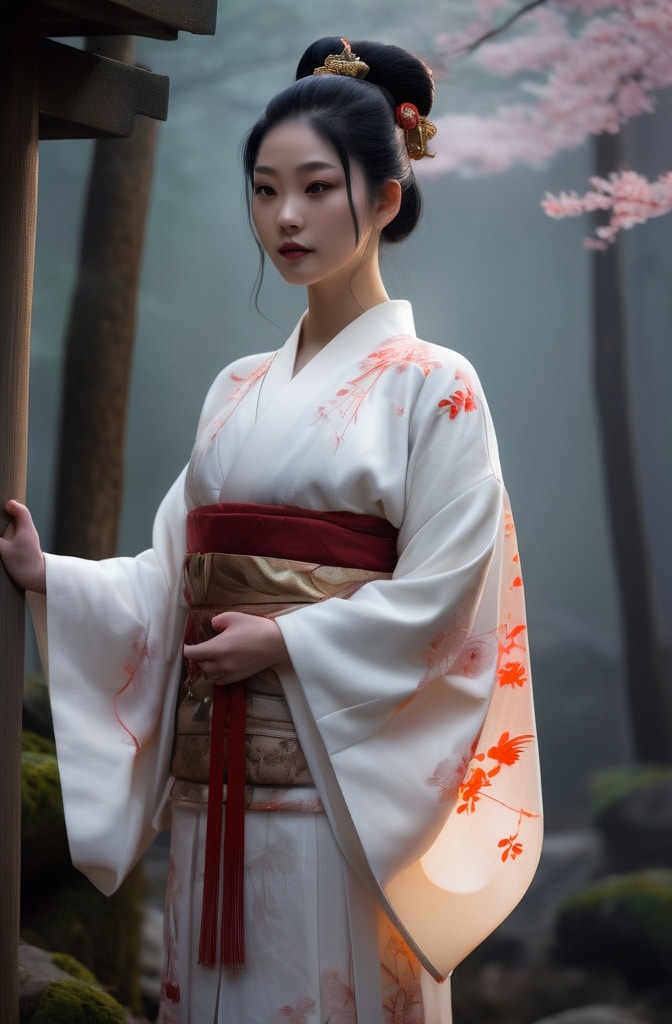
The Shinto divine beings known as kami can be embodied through structured, elegant silhouettes. A modern interpretation might include a kimono-inspired wrap dress or jacket in rich red, white, or patterned silk. The key is clean lines and impeccable styling.
Paper fan accessories and minimal but statement-making jewelry keep the look balanced. For hair, consider incorporating traditional kanzashi hairpins or modern interpretations thereof.
This approach to divine fashion emphasizes harmony, precision and the divine in natural elements perfectly balancing tradition with contemporary wearability.
7. Divine Messenger Realness
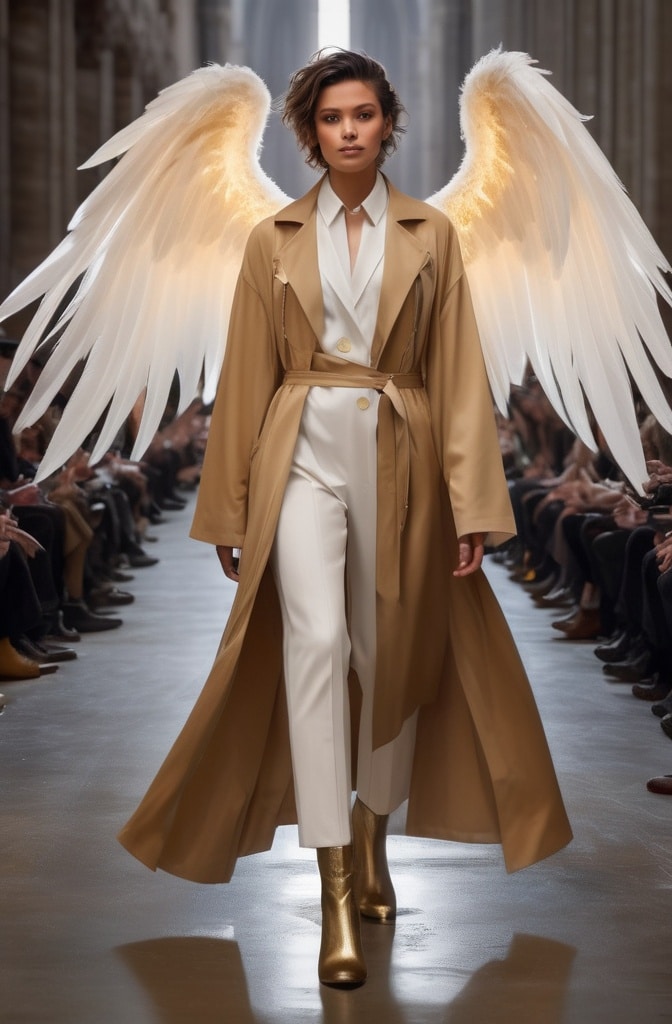
Angels and divine messengers appear across multiple faith traditions, typically portrayed with wings and flowing garments. A modern interpretation might feature a white or metallic slip dress with dramatic cape or wing-like elements attached at the shoulders or back.
Feather details incorporated subtly throughout add texture without veering into costume territory. Silver or gold body jewelry that creates patterns across exposed skin (shoulders, arms) suggests divine markings or blessings.
The silhouette should suggest flight and movement nothing too constrictive or earthbound.
8. Cosmic Creator Vibes
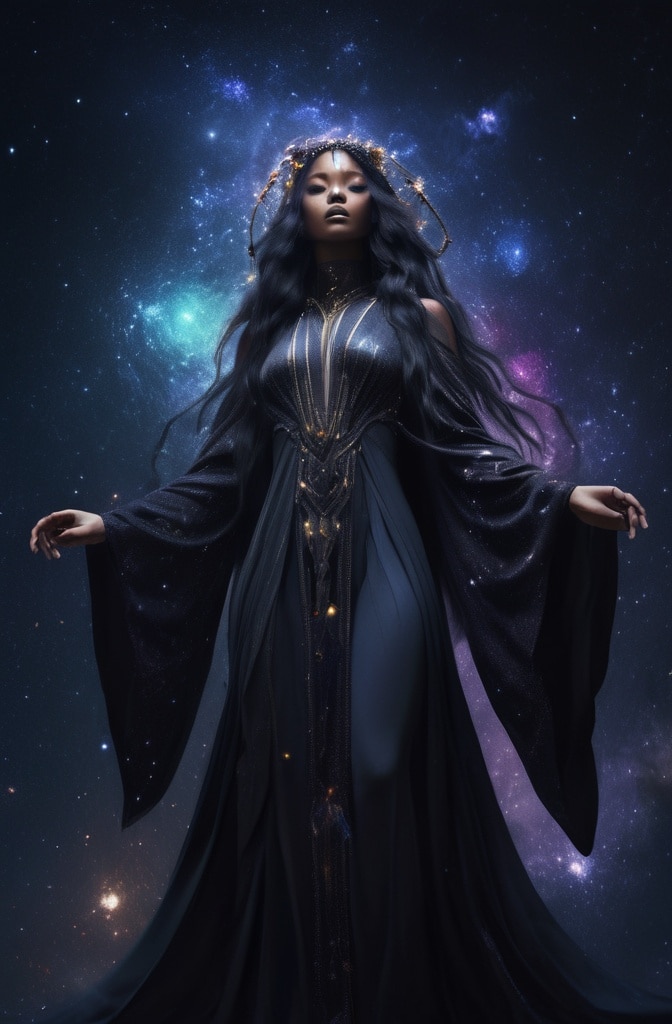
For those divine beings associated with creation myths, incorporate galaxy prints, nebula patterns, or star motifs into a dramatic silhouette. Deep blues, purples, and blacks contrasted with metallic silver, gold, or iridescent details mimic the cosmos itself.
A dramatic cape or oversized jacket covered in star-like embellishments creates impact. Hair could incorporate tiny star accessories or be styled in a dramatic updo representing celestial energy.
This look works particularly well for evening events where dramatic lighting can enhance the cosmic effect.
9. Underworld Deity Sophistication
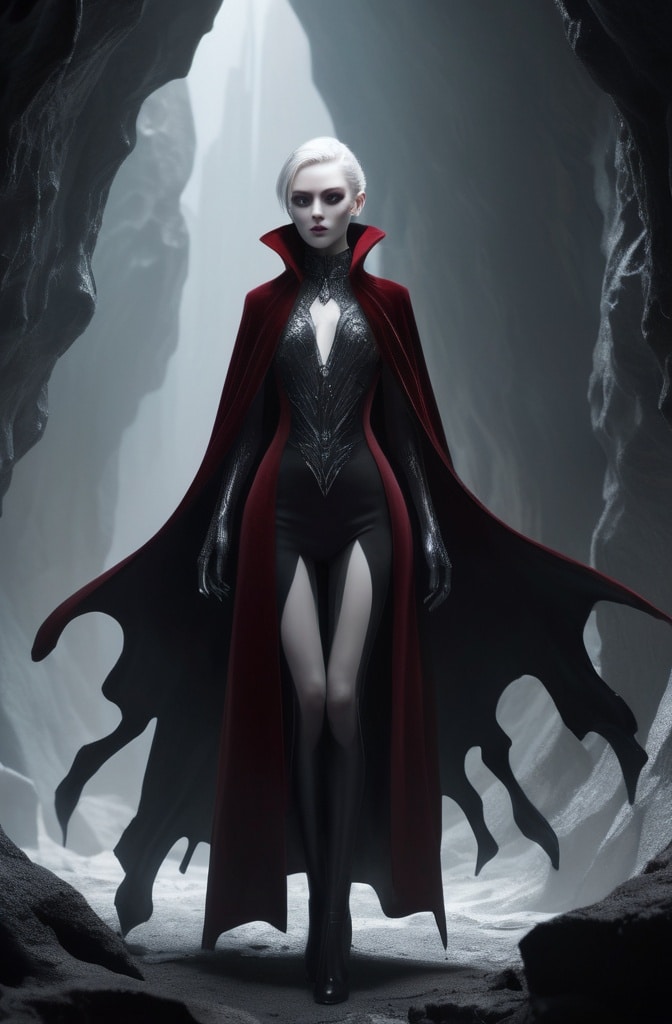
Not all divine beings dwell in sunshine. Gods and goddesses of the underworld like Hades, Persephone, or Mictlantecuhtli have their own dark glamour. Rich burgundies, deep purples, and blacks create the base for this sophisticated look.
Incorporate pomegranate motifs, skull-inspired (but elegant) jewelry, or floral elements that suggest the cycle of life and death.
Velvet, lace, and other textured fabrics add depth to monochromatic dark ensembles. This look is less about being scary and more about embodying the mysterious allure of deities who understand life’s deepest secrets. Smokey eye makeup and deep lip colors complete the vibe.
10. Divine Trickster Eccentricity
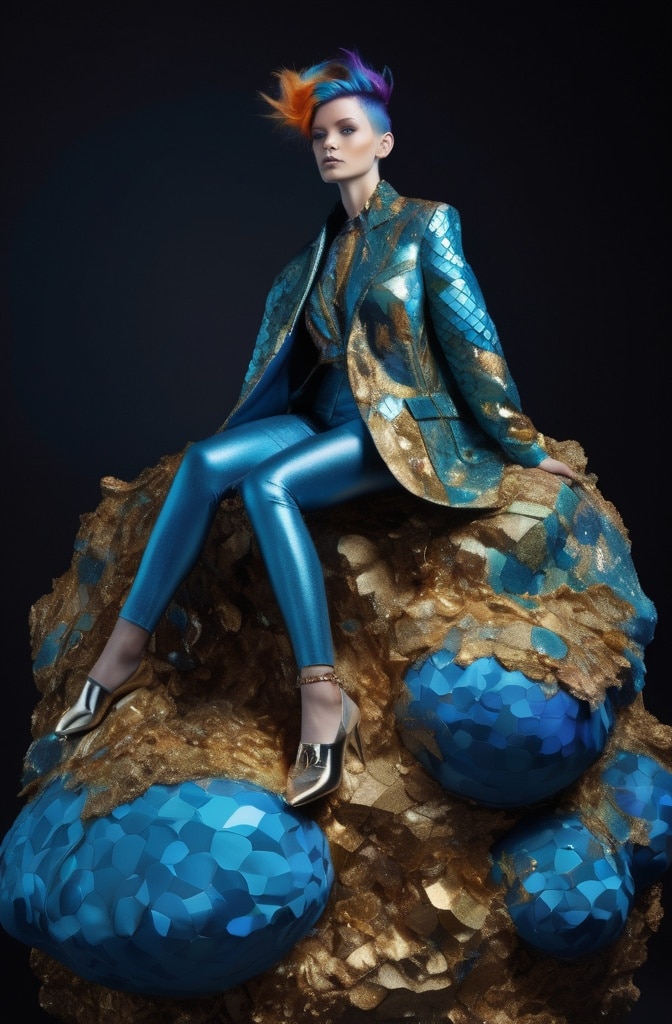
Trickster gods like Loki, Hermes, or Anansi require fashion that’s unpredictable and boundary-pushing. Asymmetrical cuts, unexpected color combinations, and cleverly revealed or concealed elements reflect their mischievous nature.
Consider incorporating two contrasting patterns or textiles that somehow work together despite odds.
Accessories might include subtle mask elements, hidden details, or transformable pieces that can change appearance. The key to this divine look is the element of surprise and wit something that makes people look twice and smile at the cleverness of the execution.
11. Harvest Deity Abundance
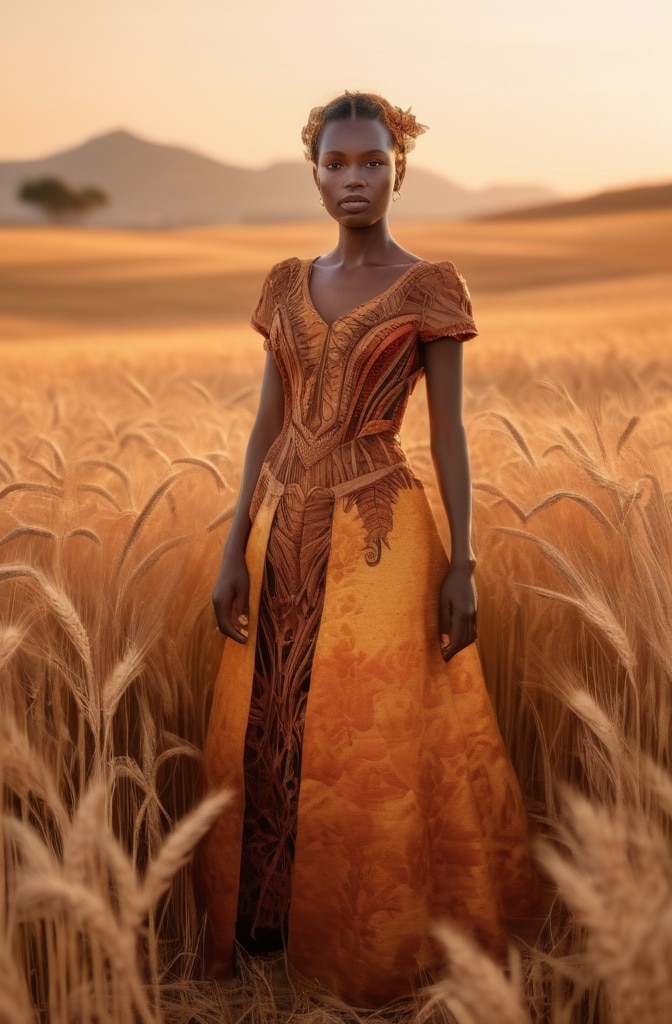
Gods and goddesses of harvest and abundance like Demeter, Ceres, or Freyr call for warm, rich earth tones and natural elements. Incorporate wheat, corn, or grape motifs through embroidery or accessories. Layered fabrics in gold, amber, and deep green suggest the bounty of harvest fields.
A crown of artificial fruits, flowers, or grain creates a statement headpiece. The silhouette should be generous and flowing nothing stingy or minimalist here.
This look celebrates nature’s abundance and the divine beings who ensure humanity’s sustenance, perfect for autumn events or festivals.
See Also: 19 Popstar Dress to Impress Outfit Ideas: Unleash Your Inner Star
12. Divine Warrior Power

War deities like Athena, Mars, or Sekhmet command respect through powerful silhouettes. Structured shoulders, clean lines, and metallic accents create a contemporary interpretation of divine battle dress. The color palette might include deep reds, metallics, and blacks.
Small armor-like elements can be incorporated through jewelry or fabric choices.
The key is to suggest strength without literal costume armor perhaps through a metal-accented belt, statement shoulders, or strategic cutouts that suggest protection while revealing skin.
This look balances power with elegance, intimidation with allure.
13. Ocean Deity Fluidity
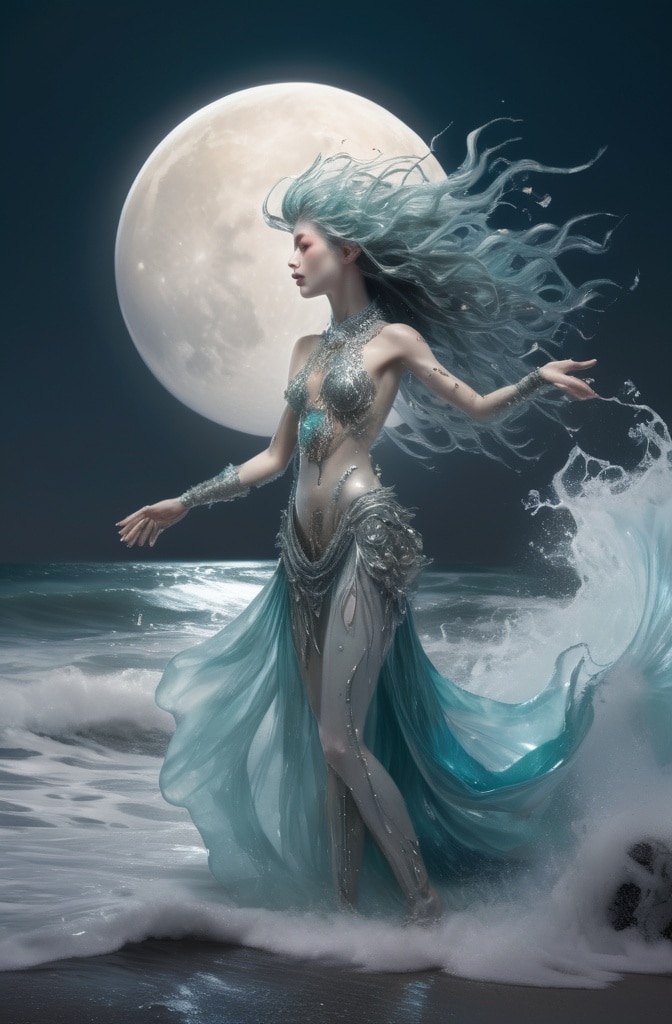
Sea gods and goddesses like Poseidon, Yemaya, or Sedna inspire looks that capture water’s movement. Ombre fabrics that transition from deep blue to seafoam green mimic ocean depths. Draped, flowing silhouettes move like water as you walk.
Pearl and shell accessories, along with strategically placed crystals that suggest water droplets, enhance the aquatic theme. Hair might be styled in waves or incorporate blue-green temporary color.
This divine aesthetic works beautifully for summer events or beach-adjacent occasions where you can literally emerge from the waters like a deity.
14. Sun Deity Radiance
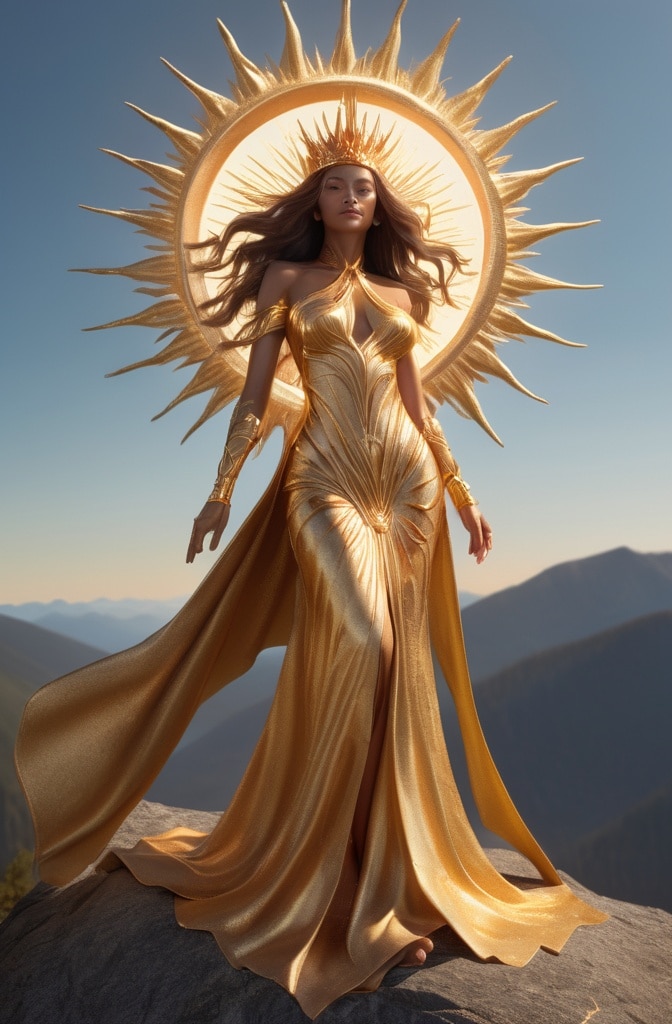
Solar deities like Ra, Apollo, or Amaterasu inspire looks centered around gold, yellow, and orange hues that capture sunlight’s power. Radial patterns emanating from central points on garments suggest the sun’s rays. Metallic fabrics that catch and reflect light enhance the effect.
Crown-like headpieces that mimic sun rays create dramatic impact. The silhouette should suggest energy and power structured but not stiff, with elements that move freely like sunbeams. This look works particularly well in daylight settings where natural sunshine enhances the divine effect.
15. Divine Healer Serenity
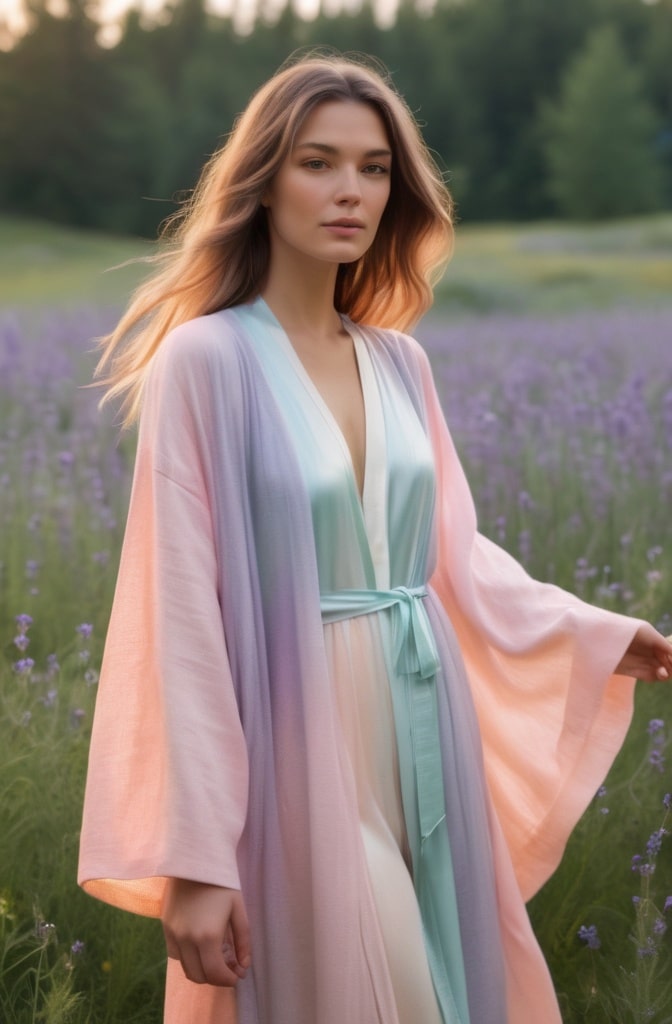
Healing deities like Asclepius, Eir, or Brigid inspire looks that combine serenity with nature’s power. Soft, flowing fabrics in gentle greens, blues, and whites suggest tranquility and restoration.
Incorporate subtle botanical elements through embroidery or accessories herbs and healing plants associated with divine medicine.
Crystal accessories chosen for their traditional healing properties add both visual interest and symbolic depth. The overall effect should be calming yet powerful, suggesting the quiet strength of divine healers who restore balance to mortal bodies and souls.
16. Primordial Creation Deity
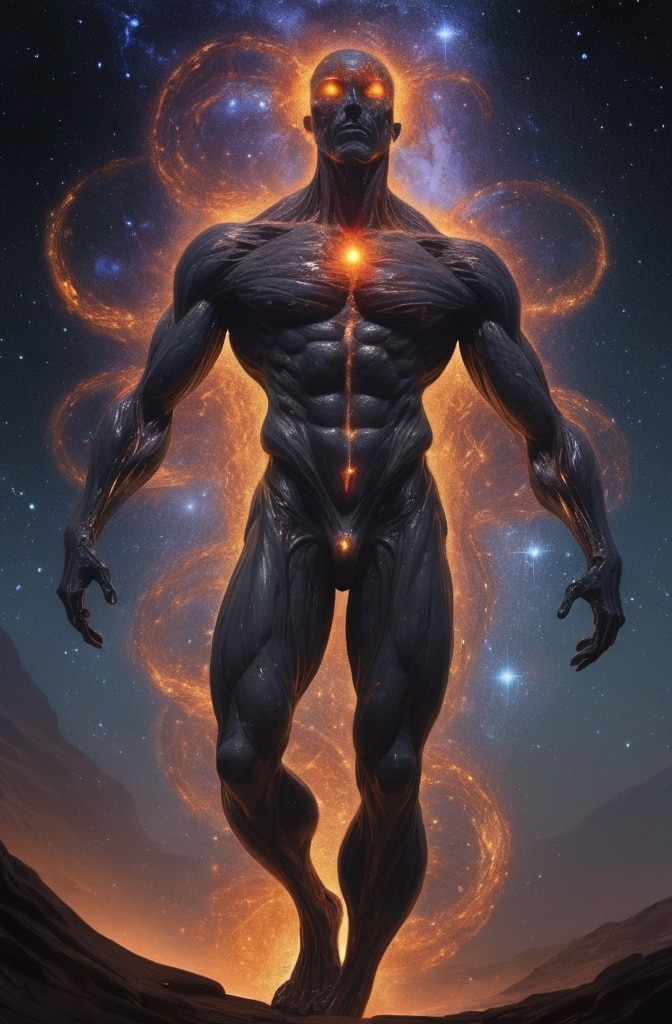
For the most ancient divine beings those who existed before formal pantheons look to primordial elements. Incorporate raw, unfinished edges alongside precise tailoring to suggest the emergence of order from chaos. A color palette of black and white with a singular bold accent color creates visual impact.
Geometric patterns and abstract designs that suggest the fundamental building blocks of existence work well here. The silhouette should be architectural and dramatic suggesting the power to bring form from formlessness. This conceptual divine look works for avante-garde events where fashion as art is appreciated.
Making Divine Fashion Wearable
The key to pulling off divine-inspired fashion without looking costumed lies in balance and modern interpretation. Choose one or two elements from these mythological references rather than recreating entire deity outfits. Perhaps it’s just the distinctive jewelry style of an Egyptian goddess paired with a contemporary dress, or the color palette associated with a particular pantheon.
Remember that confidence is your most divine accessory. Move with intention, knowing that throughout history, divinity has been associated with purpose and presence. Whether you’re channeling the warrior precision of Athena or the sensual abundance of Lakshmi, embody those qualities from within.
Divine fashion isn’t just about external appearance it’s about carrying yourself with the awareness that in many traditions, humans contain divine sparks themselves.
So when dressing as a divine being, you’re not just playing pretend; you’re amplifying the extraordinary that already exists within you. Now go forth and be godly gorgeous!

